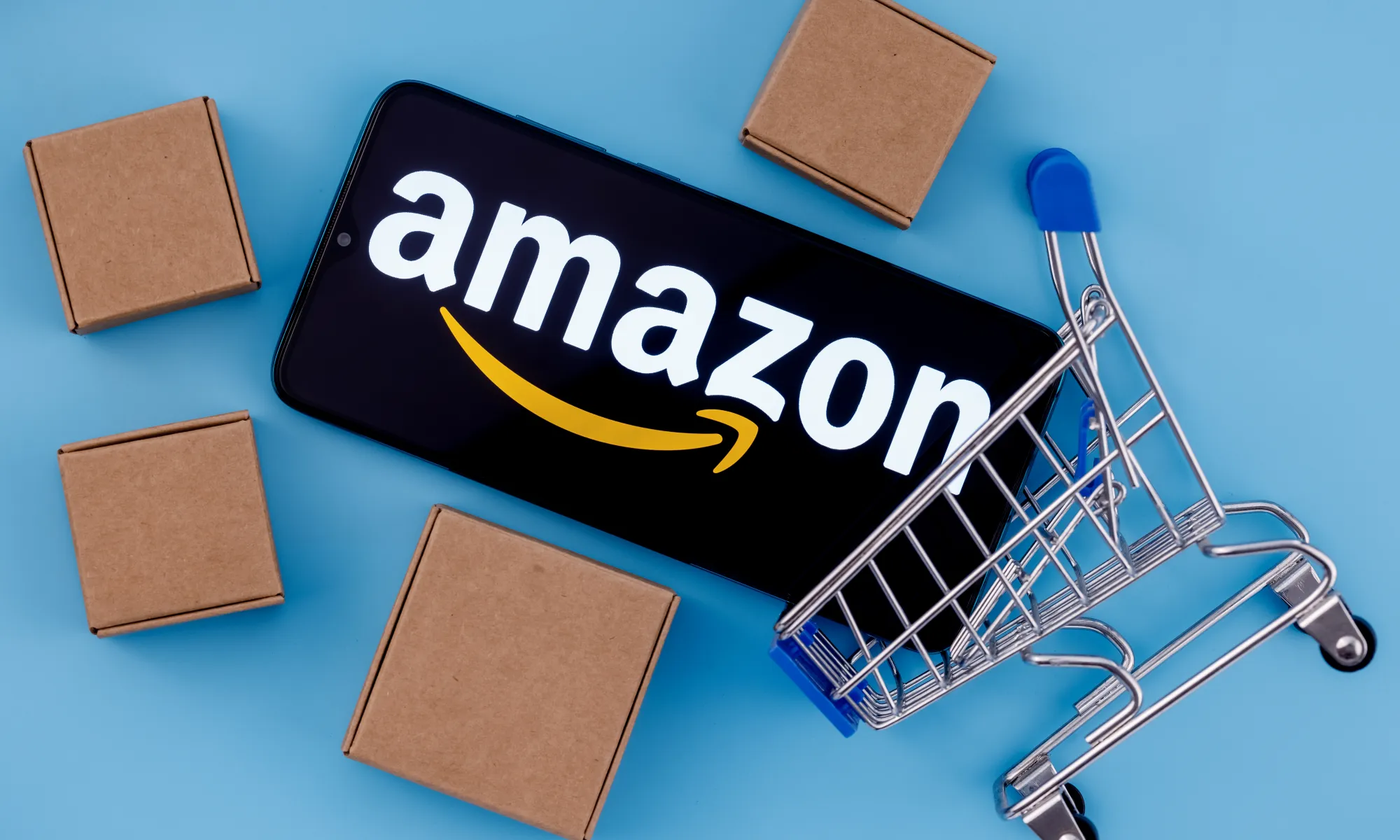Here are 4 picks to take on the $5 trillion e-commerce opportunity, one of which has a 70% upside potential
In spite of the post-pandemic slowdown in e-commerce, Goldman Sachs believes that the sector will continue to grow.
A Goldman analyst, led by Eric Sheridan, wrote in the investment bank's “2023 Global E-commerce Handbook” on Apr. 10 that global e-commerce sales are expected to grow at 9% [compounded annual growth rate] through 2026E to reach $4.8 trillion.
The best stocks to play
Three e-commerce stocks have been named to Goldman's global conviction list, which consists of the bank's top buy recommendations.
In the technology space, Goldman's favorite is Singapore's Sea. Compared to Friday's closing price of $84 for the stock, the bank's $140 price target represents a potential upside of about 67%. Goldman has also convicted it globally.
Goldman also recommends Alibaba. Based on Friday's closing price of around $95 on Hong Kong-listed shares, the bank expects the stock's price to rise 43% to $136. As part of Goldman's global conviction list, the Chinese tech giant is also included.
Coupang, a South Korean e-commerce firm, is the third stock on the highly coveted list.
In March, the SoftBank-backed firm announced it had closed its operations in Japan, despite being the largest online retailer in South Korea. Within two years of entering the market, the company exited.
As an e-commerce stock, Amazon is also a Goldman Sachs favorite. With a $145 price target assigned to Amazon, the bank sees a 42% upside potential.
E-commerce status
Over 60% of global online sales will be generated by just five players in 2022, according to Goldman Sachs.
Approximately 20% of the global e-commerce market is controlled by Amazon and Alibaba. In addition to Pinduoduo and JD.com, eBay rounds out Goldman's list.
In addition, Goldman said China would account for 43% of total global e-commerce sales in 2022, or $1.5 trillion.
Due to the pandemic lockdowns, the e-commerce market grew in 2020. The growth rate in pre-pandemic e-commerce penetration was double that of 2020, according to Goldman Sachs.
As pandemic restrictions ease, penetration in the sector declined steeply in 2022. Goldman predicts a gradual normalization in the pace of online penetration from 2023, even if the retail market continues to show such correlations.
Still, the bank sees challenges in the sector, especially in the macro environment. "Investors have become increasingly concerned about slowing growth rates and volatility in global consumer spending trends over recent months," the bank said.

Subscribe to our newsletter!
As a leading independent research provider, TradeAlgo keeps you connected from anywhere.








